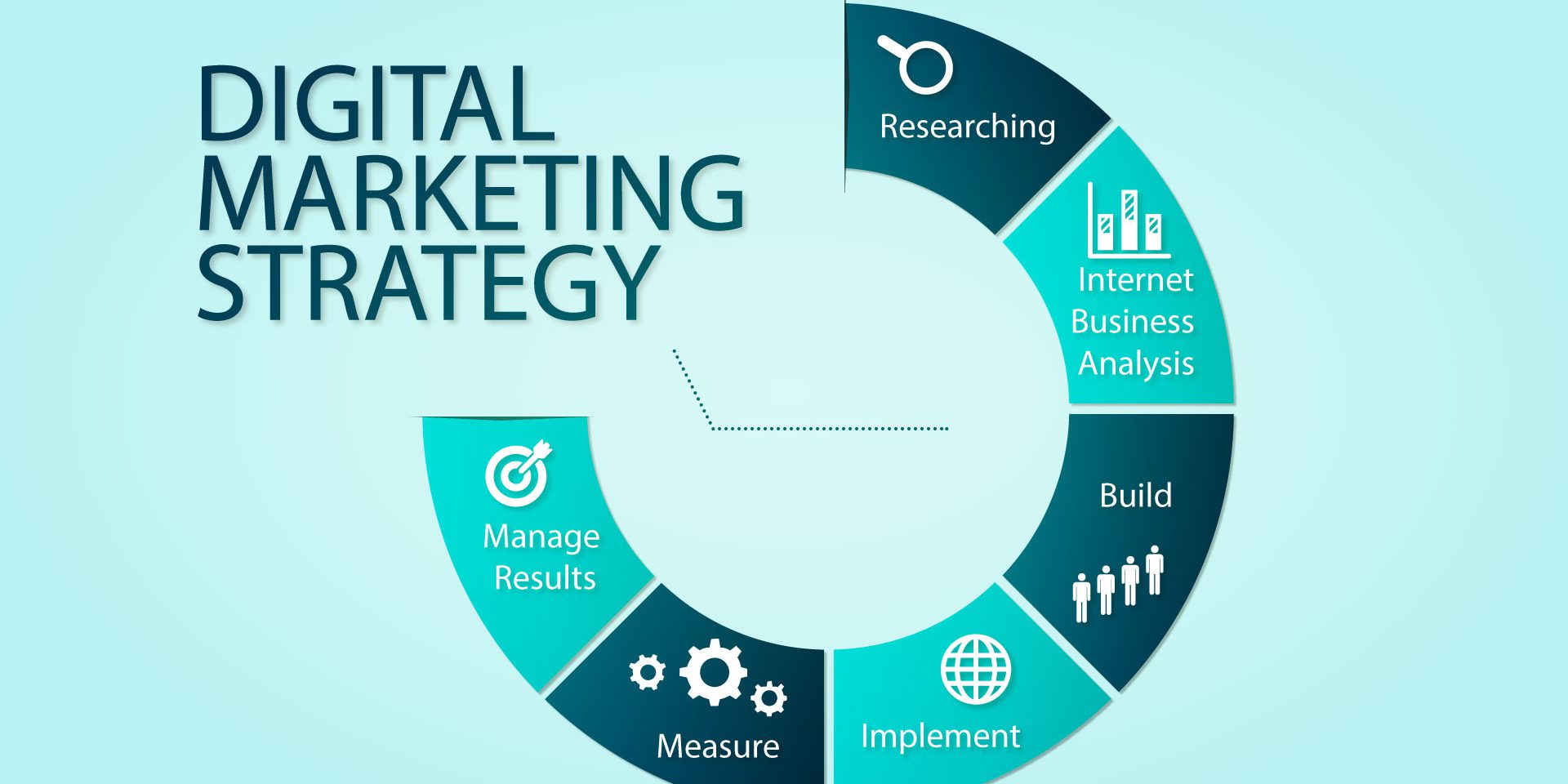Innovation Technologies in Digital Marketing Strategy
The energy and utilities industry is undergoing a period of unprecedented transformation. The wave of technological innovations in the industry mean that companies have to change the way they communicate and interact with their customers. Furthermore, they have had to adapt and fine-tune their communication based on campaign goals, types of customers and platforms.
The sector is moving away from a call centre industry and embracing modern tools such as programmatic advertising, chatbots and personal assistants to bolster its marketing and communication efforts. While disruption and innovation are becoming the new norm, industry professionals are faced with evermore demanding market circumstances. Staying on top of the changes and ahead of the competition in a world of constant reinvention is a daunting task.
Here are some of the most important and exciting trends digital marketers should be keeping an eye on and thinking of ways to incorporate into their own strategies. These are going to be the baseline of what keeps the digital sphere moving forward into 2018 and beyond.
- AI
In the digital marketing context, a lot of what AI is doing is meta-analysis of broad-spectrum data sets and then using that data to make its own decisions. While the technology is still in its infancy, we’re already seeing some pretty major examples of this in the day-to-day world. Self-driving cars are already being sold, for instance. And both Amazon and Netflix already have built-in AI features that help with recommendations and transactions. We’ll continue to see it being used in a range of up-and-coming marketing applications, including content creation, voice and face recognition, chatbots, digital assistants, and highly targeted marketing strategies.
AI will become the norm in terms of marketing strategy because of its increasingly accurate ability to analyze consumer behavior and feed into a better, more interactive and personalized purchasing experience.
- Personal Digital Assistants
You’ve probably head of Alexa and Google Assistant by now, AI-driven personal assistants designed to stay connected, on a personal level, to people at all point in their day-to-day lives. This market is predicted to double next year and reach 1.6 billion users by 2020. Devices made by different companies are even able to contact each other for information–yes, they’re actually collaborating.
Day-to-day users of these devices will be able to watch AI evolve in play on a personal or business level. This technology will continue to improve on a number of levels, including voice recognition (Alexa recognizes 10 voices), and more personalized services, many of which are based on data analysis of consumer behavior. They are also becoming integrated with various productivity and business programs and software with the goal of helping us be more productive.
- Social Media Will Shift in Function
More people are spending more time on social platforms, but the way we are using them is shifting. For instance, we’re watching more videos and other media than specifically using them for “social” reasons. Users are looking more towards entertainment and new technology like virtual reality and are seeking ways to do this separately from their socializing. Social media leaders and up and comers are separating these two areas, and Facebook is also introducing a new newsfeed option (“Explore”) that separates social feed and ads.
In addition, personal blogs and websites are becoming less popular as a means of interacting online, and fewer people are using instant messaging. This means that digital marketers need to keep an eye on the (shifting) ways that social media platforms are choosing to incorporate explicit advertising strategies, as well as understanding new ways to collect customer information implicitly to direct their strategy.
- Influencer Marketing
Influencer marketing is the concept of using “influential” people to explicitly and even implicitly market products and services, and has seen huge success specifically in social media channels. This will continue to grow and evolve in 2018 in both B2B and B2C. So far it has mostly been used in light of specific campaigns, but it’s likely to grow into a continuous strategy rather than something that focuses on, for instance, a single product.
Marketers, especially those in the millennial and Gen Z demographic, will want to consider building relationships with influencers, both on the micro- and macro- levels. This can easily take place across social media channels by, for instance, finding up-and-coming YouTube stars.The reason why this is so effective is that there’s a built-in audience, which means you have the opportunity to build quality leads easily.
- Micro-moment Marketing
This type of marketing is very consumer-focused and is based on the fact that consumers have so much choice and power in their behavior and buying these days. Essentially, it’s no longer about ads reaching consumers as it is consumers doing searches on their own terms.
The challenge for marketers is to be able to essentially be able to “catch” their target buyer in the small window of this moment. Businesses need to figure out how to keep themselves visible and engaged based on this new type of consumer behavior via, for instance, single-touch (mobile-friendly) offerings and ensuring they can still hold their own in search rankings (versus Amazon). Highly customized content (via AI) is one way that businesses may be able to compete
All digital marketers need to stay on top of the trends listed above to ensure that their marketing strategy is staying competitive. Marketers will need to have a clear vision and goals and keep a somewhat flexible longer-term strategy to incorporate some of these trends. They always need to be thinking, learning, and testing in order to accommodate new technology as it becomes increasingly affordable and accessible.



